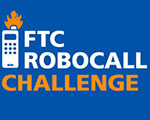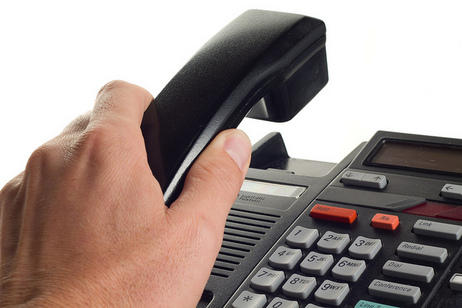Crowdsourcing Competitions to Find Solutions to Robocalls Misery
Published Aug-04-14Breakthrough:
Innovative software solutions to help put an end to robocalls, the spammers of the telephone industry.
Company:
Federal Trade Commission, United States
The Story:
 Technology marches on at breakneck speeds with the promise of making our lives easier and better. However, technology can also be a pain in the neck. It is technology that we have to blame for robocalls, telemarketing sales calls with recorded messages. Autodialers can let companies send out thousands of phone calls for very little outlay.
Technology marches on at breakneck speeds with the promise of making our lives easier and better. However, technology can also be a pain in the neck. It is technology that we have to blame for robocalls, telemarketing sales calls with recorded messages. Autodialers can let companies send out thousands of phone calls for very little outlay. The technology is so sophisticated that firms do not a need a huge infrastructure, just a computer and voice over Internet protocol (VoIP) connection. That may make some marketing departments smile, but it irritates the rest of us. Every year, the Federal Trade Commission (FTC) in the USA receives millions of calls from irate consumers.
Previous weapons of choice against the bothersome telemarketers have included Do Not Call registries and telephone number blocking, but the cold-callers always seem to be able to find workarounds.
Doing Battle with Robocallers
Help may now be at hand, thanks to an open innovation contest staged by the FTC. The FTC Robocall Challenge asked participants to invent a system to stop unsolicited marketing calls from reaching an individual’s landline or mobile phone.
Nearly 800 eligible entries were submitted, and evaluated according to the following criteria:
• Does it work? (50%)
• Is it easy to use? (25%)
• Can it be rolled out? (25%)
Winning Solutions
Two winners tied for the $50,000 prize for Best Overall Solution. Contract programmer Aaron Foss came up with a free web application called Nomorobo. The service identifies robocalls and answers them thanks to a feature called simultaneous ring. It checks to see if the incoming call is a known robocall number and if it is, Nomorobo answers, and a person’s phone stops ringing.
The other winning solution was created by Serdar Danis, a computer engineer. His system is called Robocall Filtering System and Device with Autonomous Blacklisting, Whitelisting, Graylisting and Caller ID Spoof Detection. It too focuses on blocking illegal scam calls from getting through. This service works by using software that can be implemented as an app, as a device in a user’s home or as a feature provided by a telephone company.
“The solutions that our winners came up with have the potential to turn the tide on illegal robocalls, and they show the wisdom of tapping into the genius and technical expertise of the public,” said Charles Harwood, Acting Director, FTC’s Bureau of Consumer Protection.
However, the FTC is not endorsing any of the submissions and the winners are being left to their own devices to sort out intellectual property rights and consumer concerns such as privacy and data security.
Robocalls Quashed?
Robocalls are annoying, illegal and persistent, but thanks to the crowd they could now have met their match.
Next Story »




